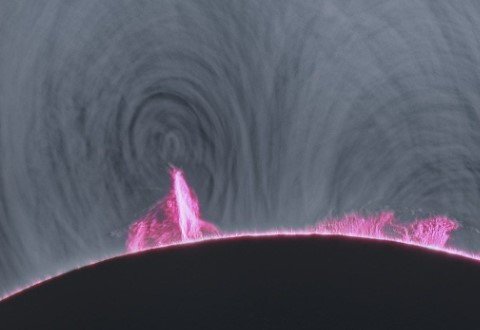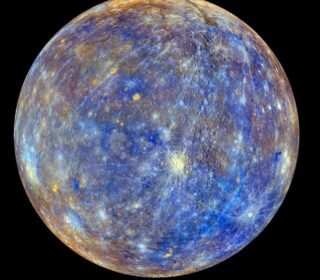A Cosmic Collision: Unveiling the Mysteries of Gravitational Waves

In a groundbreaking observation, researchers have detected a gravitational-wave signal from a collision between a neutron star and an object of enigmatic mass. This event, known as GW230529, has the potential to unravel the mysteries surrounding the mass gap between neutron stars and black holes.
The signal was first observed in May 2023, during the fourth LIGO-Virgo-KAGRA observing run. The LIGO Livingston detector picked up the waves from a collision involving a neutron star and a compact object that is estimated to be between 2.5 and 4.5 times the mass of the Sun.

The Significance of the Mass Gap
The mass of the heavier object involved in this collision falls within a range that scientists refer to as the “mass gap.” This range lies between the heaviest neutron stars and the lightest black holes known to us. The intriguing aspect of GW230529 is that it might provide insights into this poorly understood region.
The nature of the compact object involved in this collision is still unknown. However, the gravitational wave signal alone cannot reveal its true identity. Researchers are hopeful that future detections, especially those accompanied by electromagnetic radiation, could shed light on this cosmic puzzle.
Implications for Future Research
The detection of GW230529 opens up new possibilities for the field of astrophysics. It suggests a higher rate of similar collisions between neutron stars and low-mass black holes than previously anticipated.
Researchers are excited about the prospects of this discovery. It not only enhances our understanding of compact objects but also paves the way for more such observations in the future, potentially leading to a deeper comprehension of the universe’s most violent events.




